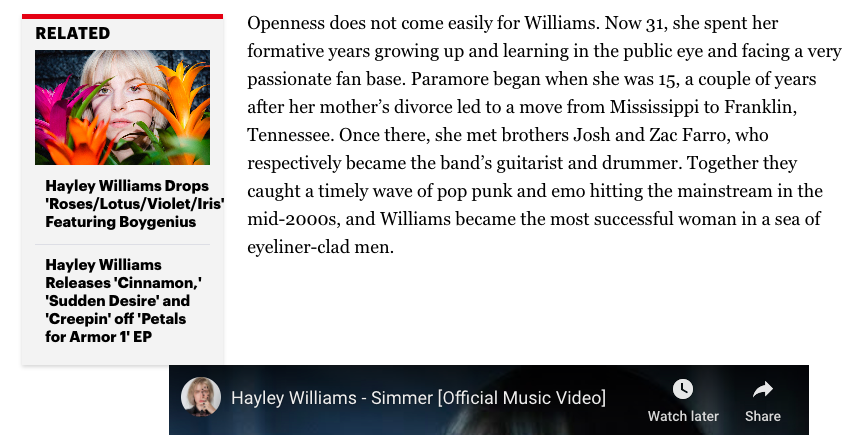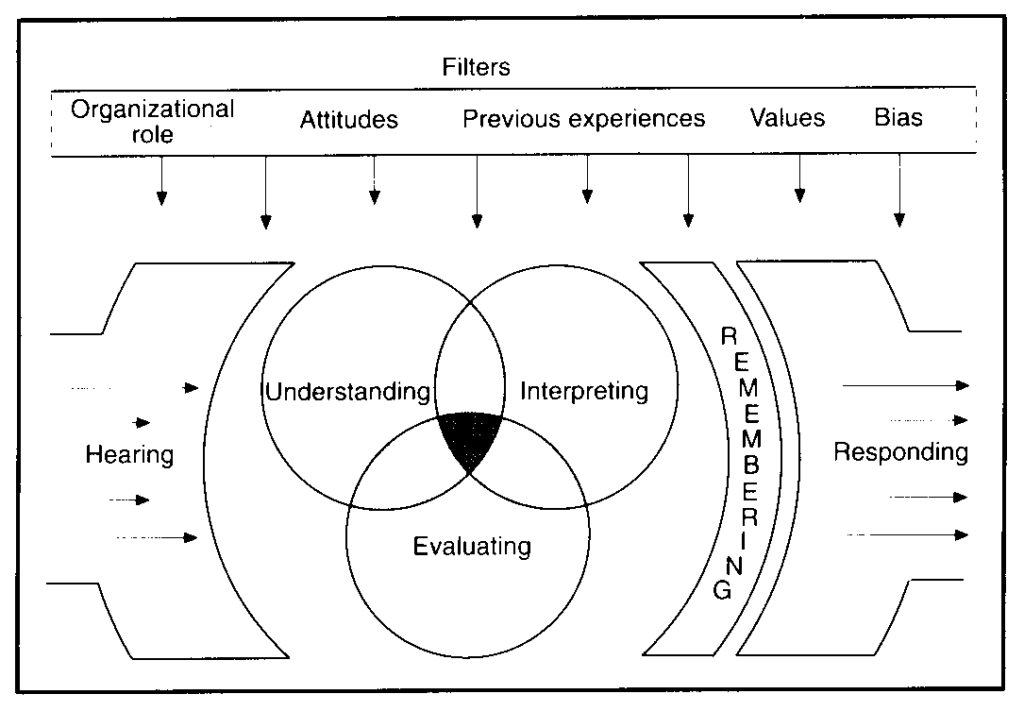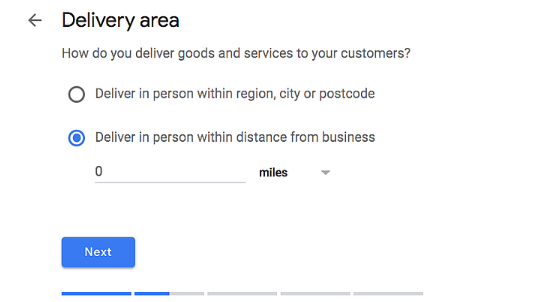The Ins and Outs of Writing Long-Form Content
Let’s talk about content. More specifically, long-form content. Not only that, but why it’s a good idea to have on your website. Let’s say you’re looking for a resource about how to start an online business. You want a full rundown, concrete information, and actionable tips that will assist you begin a successful company. You’re probably going to want a lengthy resource that’s valuable, right? This is the glory of long-form writing. It gives you a chance to provide highly motivated readers with a ton of value and context. Long-form content generally has a word count of more than 1,000 words — so, it’s not the shortest read. That doesn’t mean that short-form content isn’t useful for your website. You should have both to serve different purposes. Let’s take a minute to look at how. Long-Form Content On the surface, long-form content doesn’t sound like it’s great for user engagement. It might seem counterintuitive to give your audience more to read in order to keep them on your website longer. But it’s true, and I’m going to dive into why below. I’m here, however, to debunk that myth. Let’s add a definition to the term, first. The purpose of long-form content is to provide valuable information to the reader. If you write long-form pieces — and make sure those articles are useful to your audience — you can increase the time spent on your site and value to your reader. More than that, if you optimize your website for search engines and add calls-to-action in the body of your piece, you can improve lead generation. Your articles will have a higher chance of showing up on the first page of SERPs, and you can guide readers to offers that relate to the topic of your work. Sounds pretty great, right? But wait — if there’s content that’s long-form, there has to be a short version, right? It’s important to know the difference between the two so you know how to best serve your audience. Long-form content vs. short-form content Short-form content can be extremely helpful to readers who want a quick answer to their queries. For instance, you can offer short-form content to provide a simple definition or explain a product in small portions. Short-form content gives your reader the information fast so their attention doesn’t wane. This type of shorter writing is generally under 1,000 words. It provides a general overview and saves readers time. Long-form content, on the other hand, goes deeper into topics. In addition to diving deeper into topics, long-form content can aid with ranking highly on search engines and build your website’s reputation. For example, this article, about how to write a blog post, has earned thousands of views. Additionally, the average time spent on the page is about four minutes. From these metrics, we can guess that this 17-minute read, well over 1,000 words, was successful in providing value to the reader. This doesn’t mean that you should fill your blog with 17-minute reads. But it can be useful to start thinking of how long-form content can be effective for your audience. How can you provide ample writing that’s actionable for readers? If you build an archive of long-form content that’s valuable for readers, you can create a reputation as a source people look to first to help them solve their questions. It’s kind of like ordering a product online. You’re probably more likely to order from a site you’ve used many times before, that has proved to be reputable, instead of trying out a brand new ecommerce option. Let’s look at another reason why long-form, valuable writing is successful: page rank on Google. Backlinko found that websites with a high “time on site” are more likely to rank highly on search engine results pages (SERPs). When a search query is typed into Google, the search engine crawls websites for content that will help solve that user’s query. Web pages that have a longer time spent on site than others suggest to Google that browsers found that information important enough to stay on that page. As a result, Google is more likely to suggest that page above others. (Don’t forget that a page optimized for SEO is also a huge boost to improving rank). So now you know why long-form content is important to have on your site: It provides values to readers, can earn you a reputable reputation, and brings more eyes to your site. But what does successful long-form content look like? Let’s take a look at some examples. Long-Form Content Examples Before we talk about how to write long-form content, let’s look at some effective examples. These examples show how long-form content can be optimized for the reader’s comprehension. 1. Hayley Williams Isn’t Afraid Anymore by Rolling Stone This long-form profile about solo artist Hayley Wiliams, written by Brittany Spanos for Rolling Stone, does a great job of performing other content produced by Rolling Stone about the same topic, or those that are similar. Within the profile, other works previously done by Williams or her rock band, Paramore, are featured and hyperlinked to previous RS articles that are applicable. For instance, the word “Paramore” was hyperlinked to an internal tag of the same name, showing all previous RS posts that mentioned the band. A particularly intriguing mention of past works related to the topic, Williams, comes up in the sidebar of the feature. There, you can find previous music reviews of the singer/songwriter’s releases. This is a visual way to promote past content, and one that catches the attention of readers. Image Source If you want to include other works in your long-form content that relate to the article, consider an approach similar to this one. You’ll give the reader a break from reading the piece to queue up similar posts for later. Additionally, you’ll provide more value to the article by offering up supporting ideas. 2. Getting Started with Google Remarketing Ads by Mailchimp Mailchimp is a marketing software
The Ins and Outs of Writing Long-Form Content Read More »







